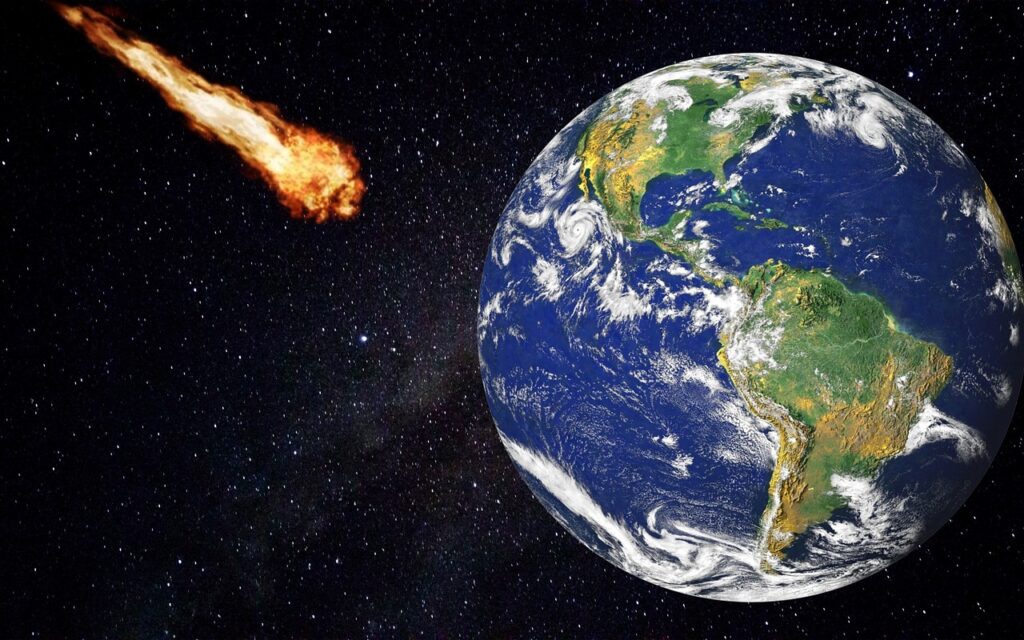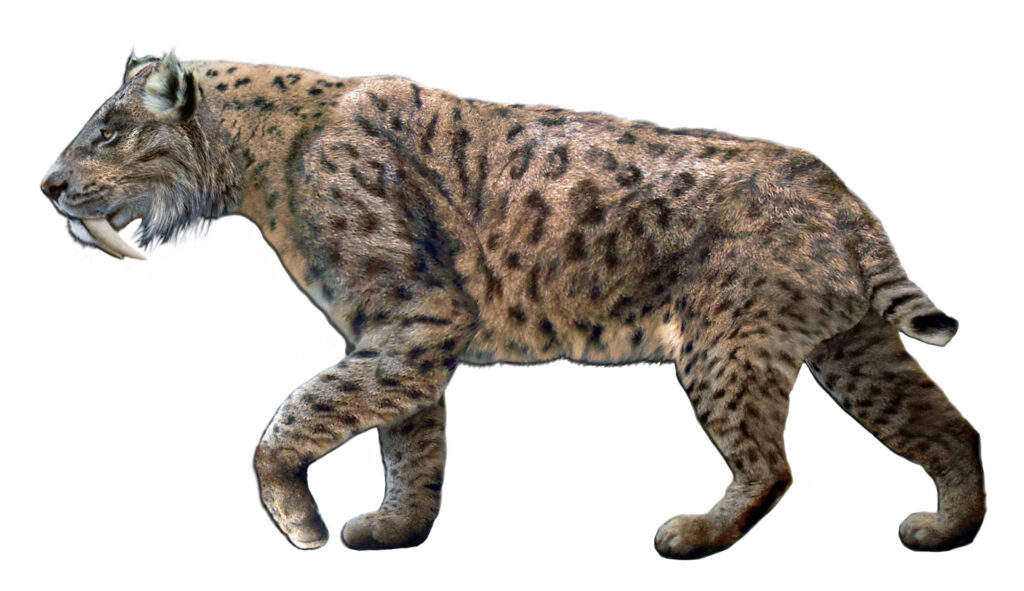Picture Earth as it truly is today, a carefully balanced sphere spinning through space with clockwork precision. Your planet exists because of a series of catastrophic collisions that shaped not just its surface, but its very trajectory through the cosmos. These ancient impacts didn’t merely scar the landscape. They fundamentally altered the orbital mechanics that govern every sunrise, every season, and every breath you take.
What if everything you thought you knew about Earth’s stability was wrong? Recent discoveries suggest that meteorite impacts have repeatedly tilted, shifted, and reoriented our planet in ways that make today’s climate changes seem gentle by comparison. These cosmic collisions have literally moved continents thousands of miles, boiled away entire oceans, and set the stage for life itself to emerge from the ashes of destruction.
The Cosmic Collision That Created Our Moon
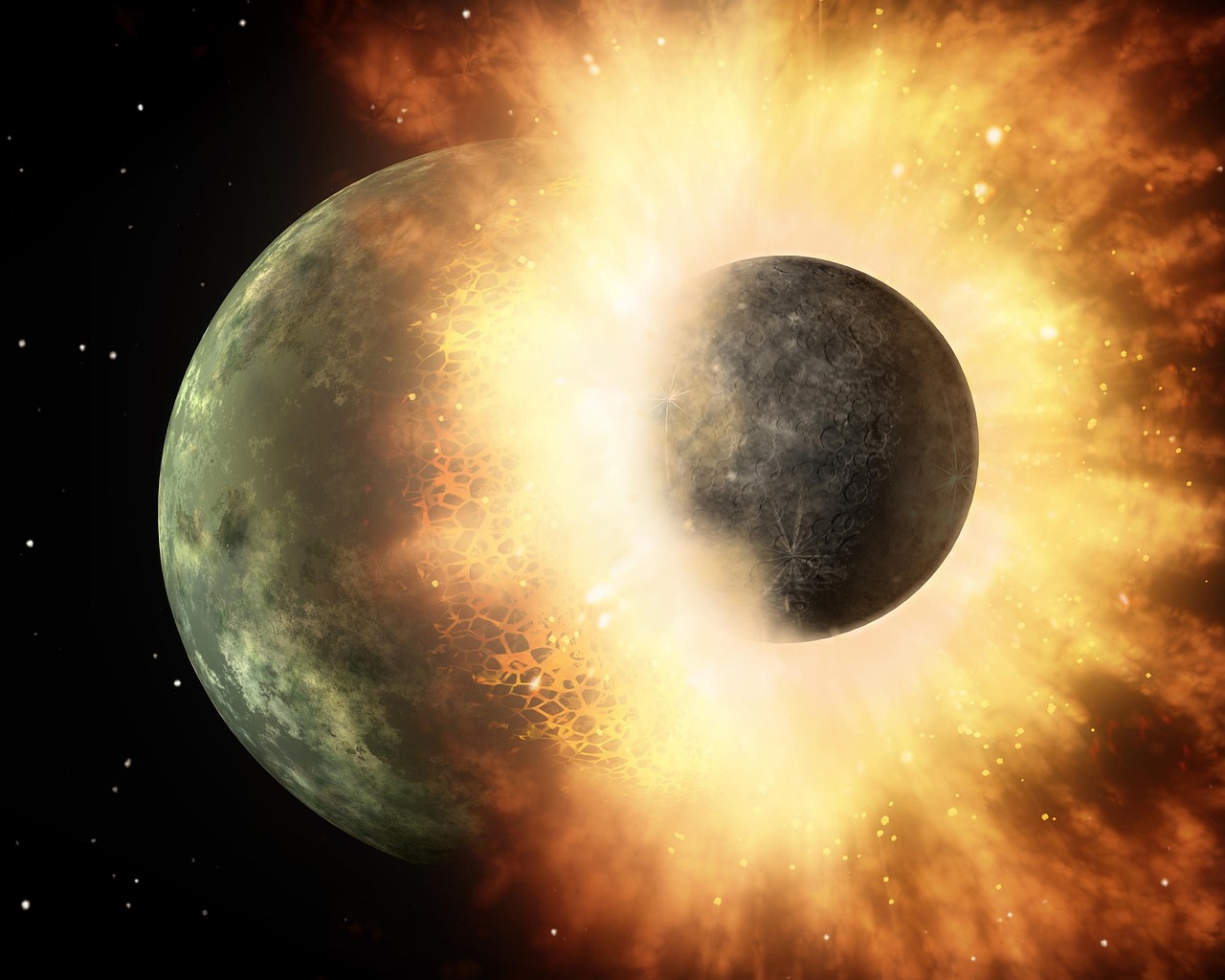
The most transformative impact in Earth’s history happened roughly 4.5 billion years ago, when you lived on a very different world. A Mars-sized planetary body called Theia slammed into the early proto-Earth, fundamentally altering both worlds forever. This wasn’t just any collision. The impact produced an iron-depleted disk of material massive enough to form the Moon and led to a day lasting only 2-3 hours on Earth.
During this massive collision, nearly all of Earth and Theia melted and reformed as one body, with a small part of the new mass spinning off to become the Moon as we know it. The violence of this encounter defies imagination. The impact not only created a disk of debris near Earth that formed the moon, but it also ejected huge amounts of rubble – as much as several percent of Earth’s mass – away from Earth and the moon. Without this ancient catastrophe, your world would lack the stabilizing influence of the Moon, the tides that shaped early life, and possibly even the axial tilt that gives you seasons.
How Ancient Impacts Rewrote Planetary Physics
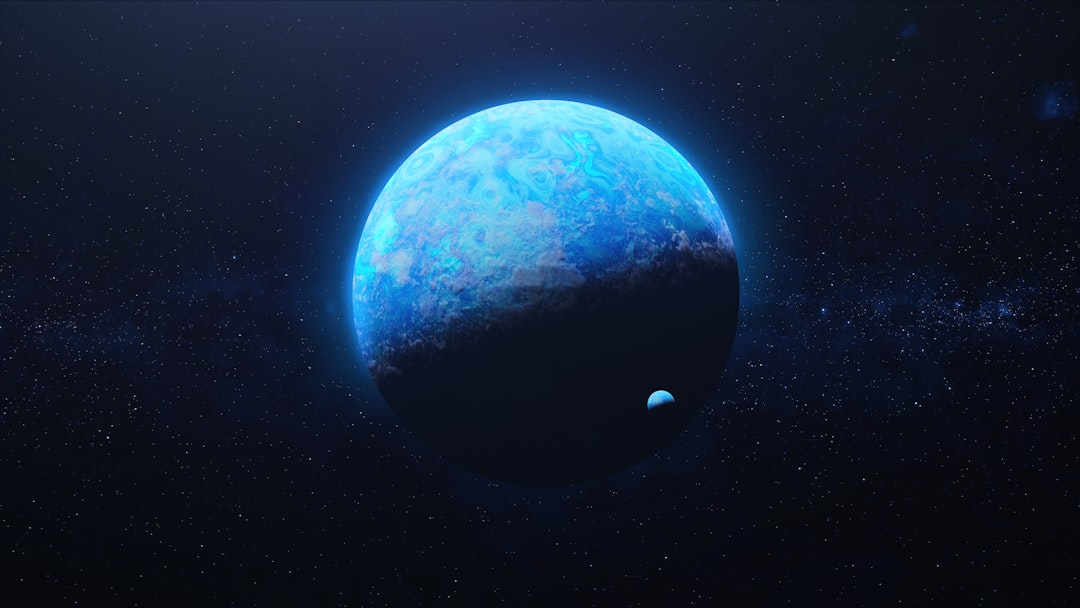
Each massive impact fundamentally changed Earth’s relationship with space and time. Massive impact events early in Earth’s history altered the Earth’s spin, tilt, & orbit. These weren’t minor adjustments. Scientists now understand that these collisions could shift entire continents across thousands of miles and change the length of days themselves.
Consider the sheer scale of these transformations. A giant impact that struck Earth obliquely could account for Earth’s rapid initial spin. The energy released in such collisions was so immense that it literally reshaped the architecture of the solar system. Numerous fragments from the moon-forming impact – hundreds of millions of which were at least a mile long – blasted the asteroid belt, striking asteroids there at speeds of more than 22,370 mph.
The S2 Impact: When Earth’s Oceans Boiled Away
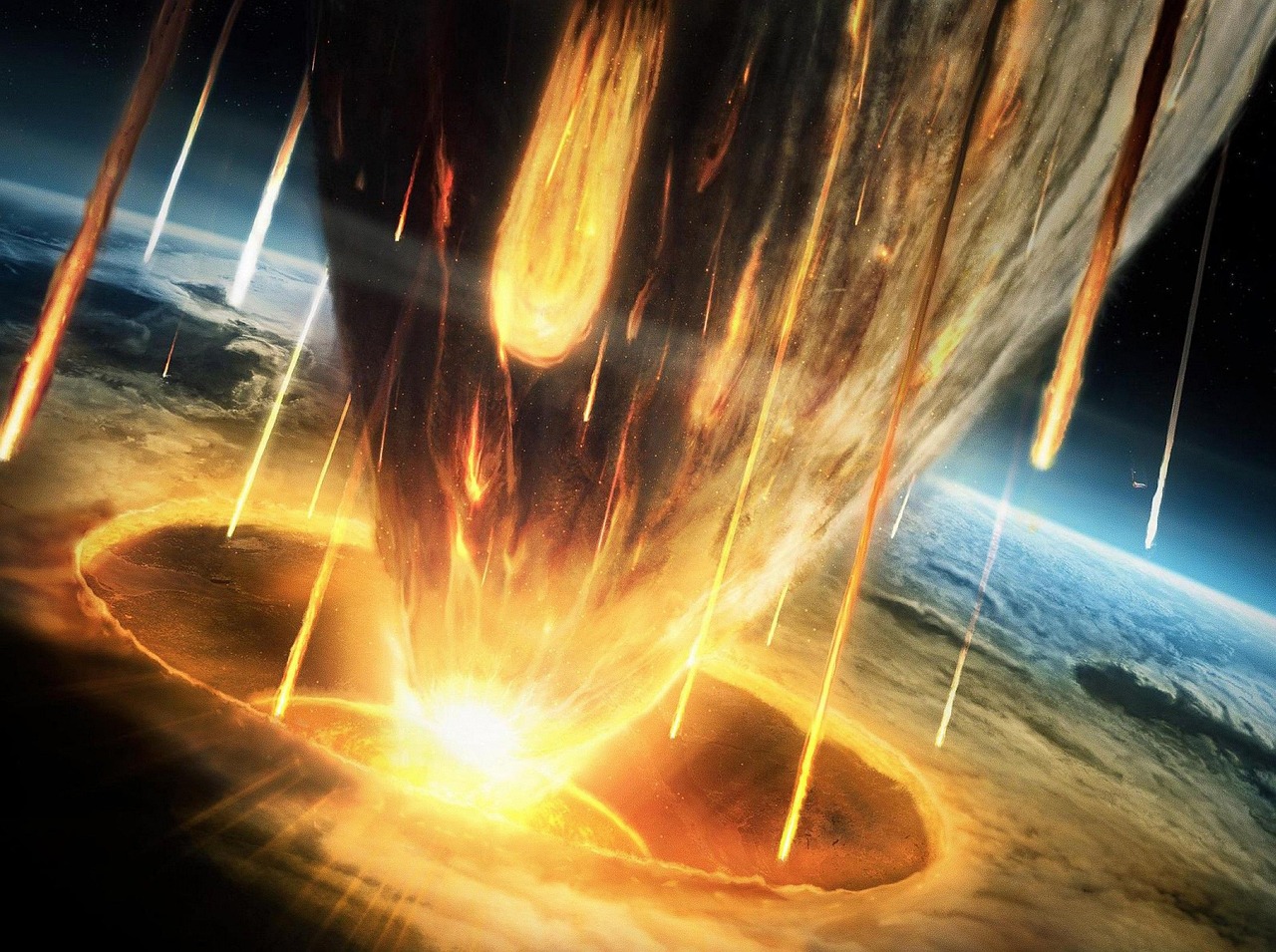
Earth was young and a very different place when the S2 meteorite, estimated to have 50 to 200 times more mass than the dinosaur extinction-triggering Chicxulub asteroid, collided with the planet 3.26 billion years ago. This ancient collision makes the impact that killed the dinosaurs look like a pebble hitting a pond. Yet somehow, life not only survived but flourished in its aftermath.
Heat from the impact caused the topmost layer of the ocean to boil off, while also heating the atmosphere. A thick cloud of dust blanketed everything, shutting down any photosynthetic activity. The Archean space rock was big enough to blast at least 10,000 cubic kilometers of vaporized rock into the skies that then recondensed into molten droplets and rained back to Earth. The scale of destruction was absolute, yet it set the stage for an evolutionary explosion.
Earth’s Dangerous Tilting Episodes Throughout History
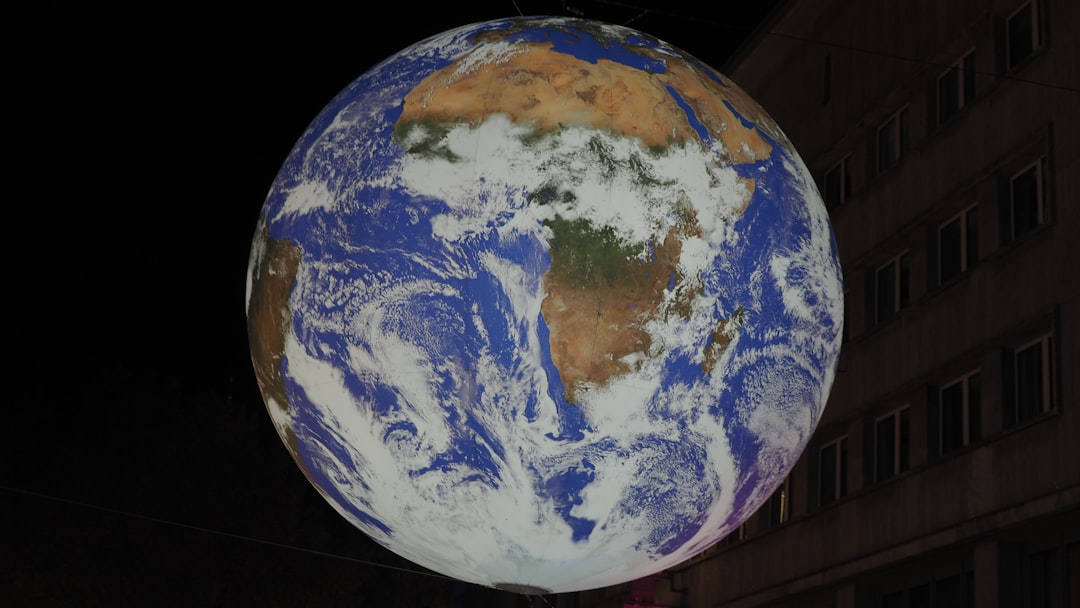
Your planet has experienced dramatic shifts that would terrify anyone living through them today. Evidence found in Italy shows the Earth tilted around 12 degrees 84 million years ago, enough to displace continents by thousands of miles, enough to push New York City to where Tampa, Florida is now. This happened during the age of dinosaurs, and remarkably, the Earth corrected itself quickly.
These episodes of “true polar wander” reveal Earth’s dynamic nature. True polar wander is a phenomenon in which the topmost layers of the planet, likely all the way down to the liquid outer core, rotate significantly even as Earth continues its daily turn around its usual spin axis. Research suggests that Earth’s surface shifted some 30 degrees between 160 and 145 million years ago, completely rearranging the global climate and geography in ways that dwarf any changes humans have witnessed.
The Bombardment That Shaped Early Life
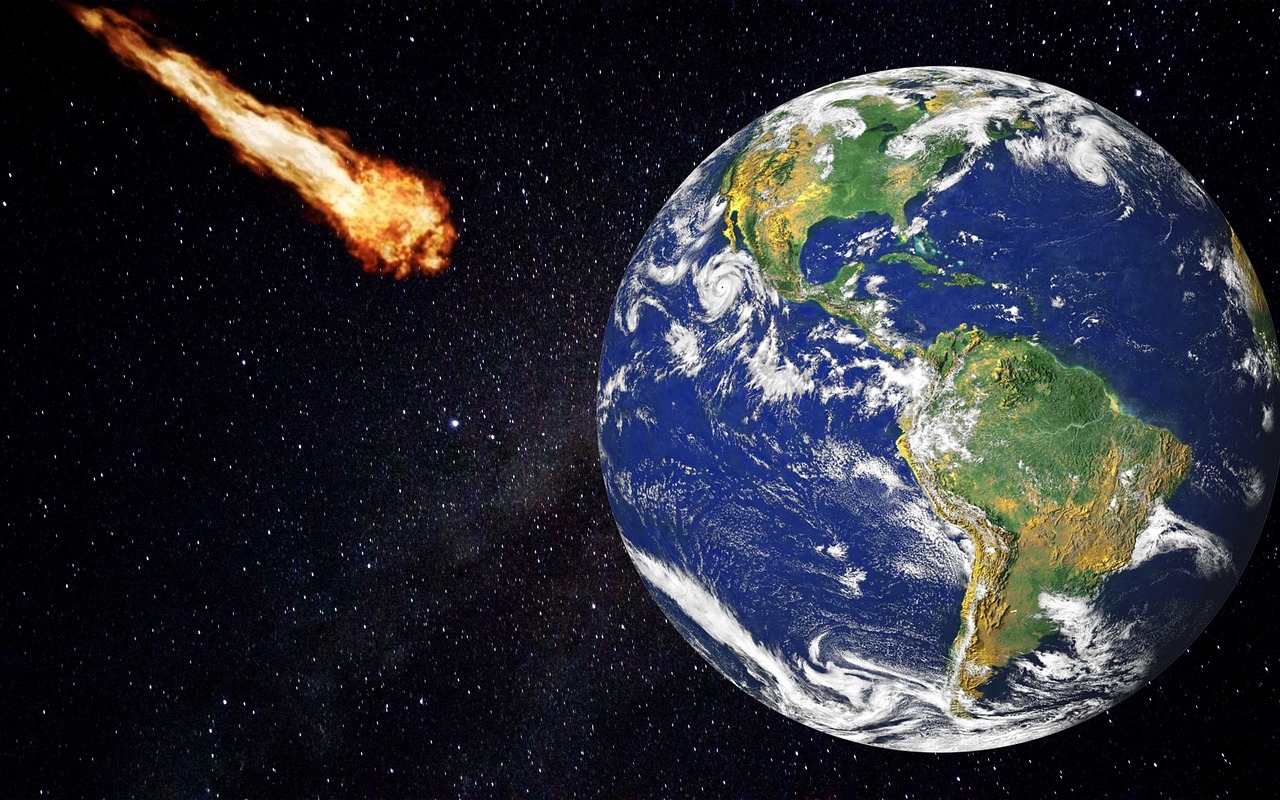
During Earth’s first billion years, cosmic impacts weren’t rare catastrophes but regular occurrences that sculpted the conditions for life. Giant impactors, greater than 6.2 miles across, pummeled the planet at least every 15 million years during the Archean Eon, which lasted from 4 billion to 2.5 billion years ago. Your world endured at least sixteen such massive collisions during this formative period.
Following impact, bacterial life bounced back quickly. With this came sharp spikes in populations of unicellular organisms that feed off the elements phosphorus and iron. Iron was likely stirred up from the deep ocean into shallow waters by the tsunami, and phosphorus was delivered by the meteorite itself. Rather than destroying life, these impacts paradoxically nurtured its evolution by delivering essential nutrients and stirring up the chemical soup from which complexity emerged.
Modern Evidence of Orbital Disruption
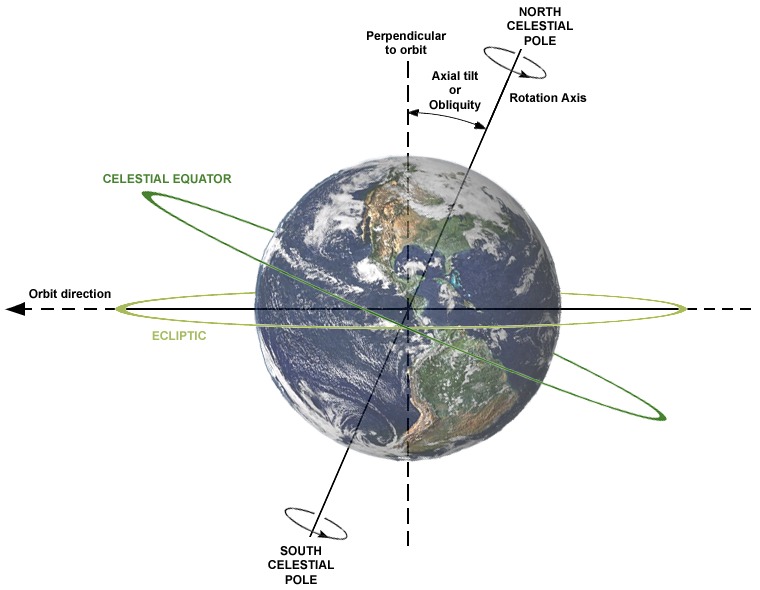
The effects of ancient impacts continue to influence Earth today in ways you might not realize. The planet’s axis has meandered by about 30 feet in the past 120 years, caused by the same mechanisms that also have led to days on Earth growing slightly longer, and that change is accelerating due to climate-related redistribution of ice and water. This modern polar wander, while tiny compared to ancient episodes, demonstrates that Earth’s orientation remains in constant flux.
Uncontrollable usage of groundwater by humans has caused the Earth’s pole to tilt by about 80 centimeters to the east, which can significantly affect the Earth’s rotation, thereby fueling global climate change in future. Even human activities can nudge Earth’s spin axis, revealing how sensitive our planet’s orientation truly is to mass redistribution.
The Asteroid Belt Connection and Continued Threats
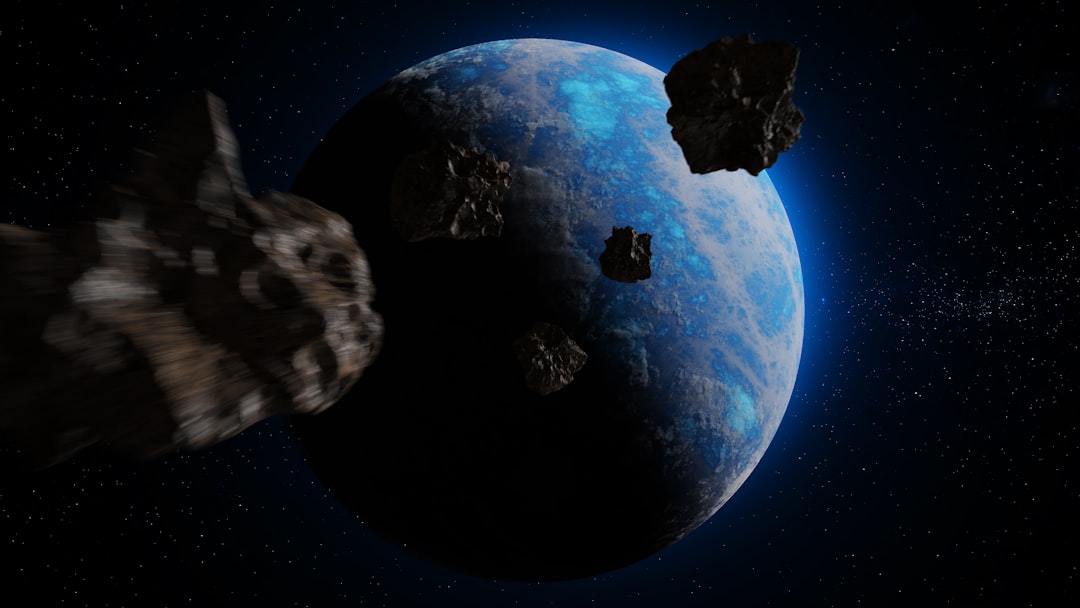
The evidence for ancient impacts stretches far beyond Earth itself. The lunar impact spike 290 million years ago also appears on Earth, showing that the same bombardment affected both worlds. The impact rate increased 290 million years ago and stayed high over that time, suggesting that our solar system went through periods of enhanced collision activity that shaped multiple worlds simultaneously.
These discoveries have profound implications for understanding ongoing risks. In 2018, physicist Stephen Hawking considered that an asteroid collision was the biggest threat to the planet. The US National Science and Technology Council warned that America is unprepared for an asteroid impact event. While we’ve learned to detect and potentially deflect incoming threats, the geological record reminds us that truly massive impacts remain inevitable over cosmic timescales.
Climate Cycles Driven by Orbital Changes

Beyond catastrophic impacts, subtler orbital variations continue to drive long-term climate patterns on Earth. Over long periods of time, gravitational pull of other solar system members slowly change Earth’s spin, tilt, and orbit over cycles of 100,000-400,000 years for orbital shape, 26,000 years for tilt direction, and 41,000 years for tilt angle. These Milankovitch cycles have triggered ice ages and warm periods throughout geological history.
Over tens to hundreds of thousands of years, small shifts in Earth’s orbit, tilt, and axial wobble have triggered major climate events, including the advance and retreat of ice sheets. Understanding these cycles is essential for reconstructing past climate patterns. However, these orbital changes occur so slowly that they are not a cause of global warming and climate change today, highlighting how different current rapid changes are from natural orbital forcing.
Future Implications for Planetary Stability
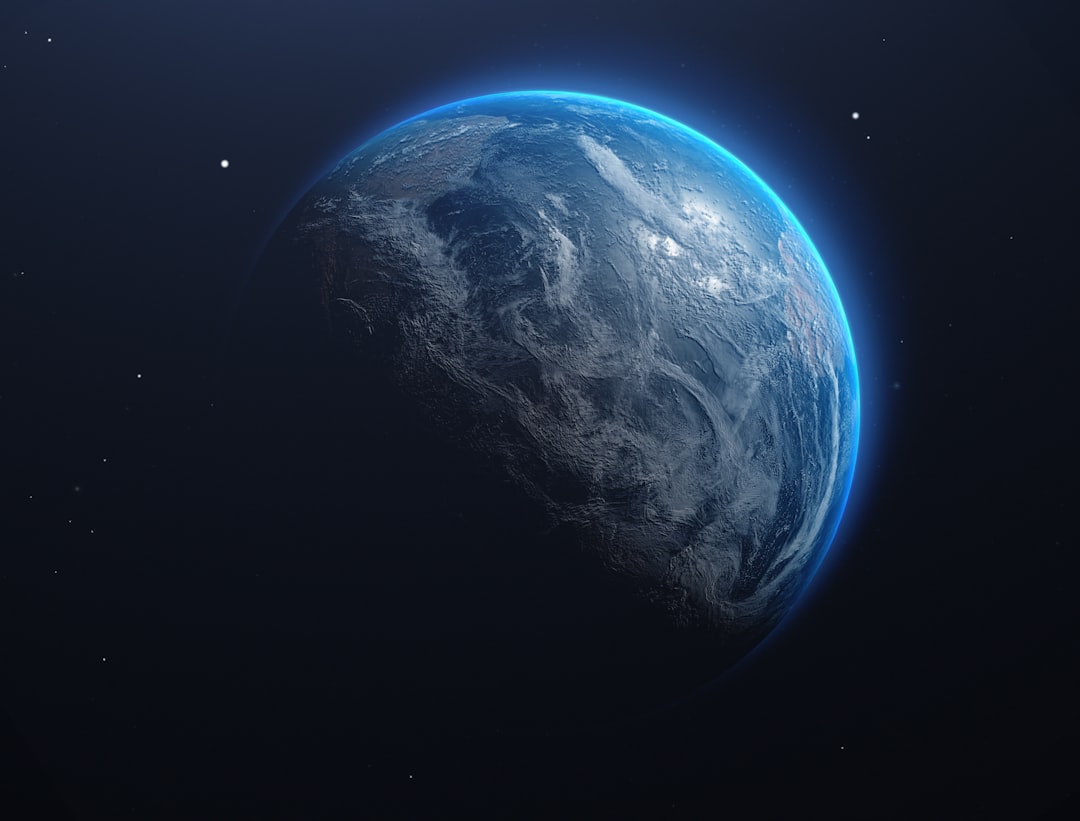
The discovery of Earth’s dynamic orbital history raises unsettling questions about future stability. This discovery implies that Earth’s stability is not as absolute as once thought. Over tens of millions of years, the planet can lurch and then right itself. While such dramatic reorientations occur over geological timescales, they remind us that the solid ground beneath our feet rests on a foundation that’s anything but permanent.
Looking forward, scientists continue to monitor for signs of renewed bombardment or orbital instability. The impact with Theia and other changes throughout Earth’s history are part of how it was able to gather the materials necessary for life. The better scientists can simulate and analyze what’s at play in these collisions, the more prepared we are to understand how a planet could evolve to be habitable. Understanding our violent past may prove crucial for safeguarding our future, whether from cosmic threats or the unintended consequences of human activities that continue to nudge Earth’s delicate balance.
Conclusion
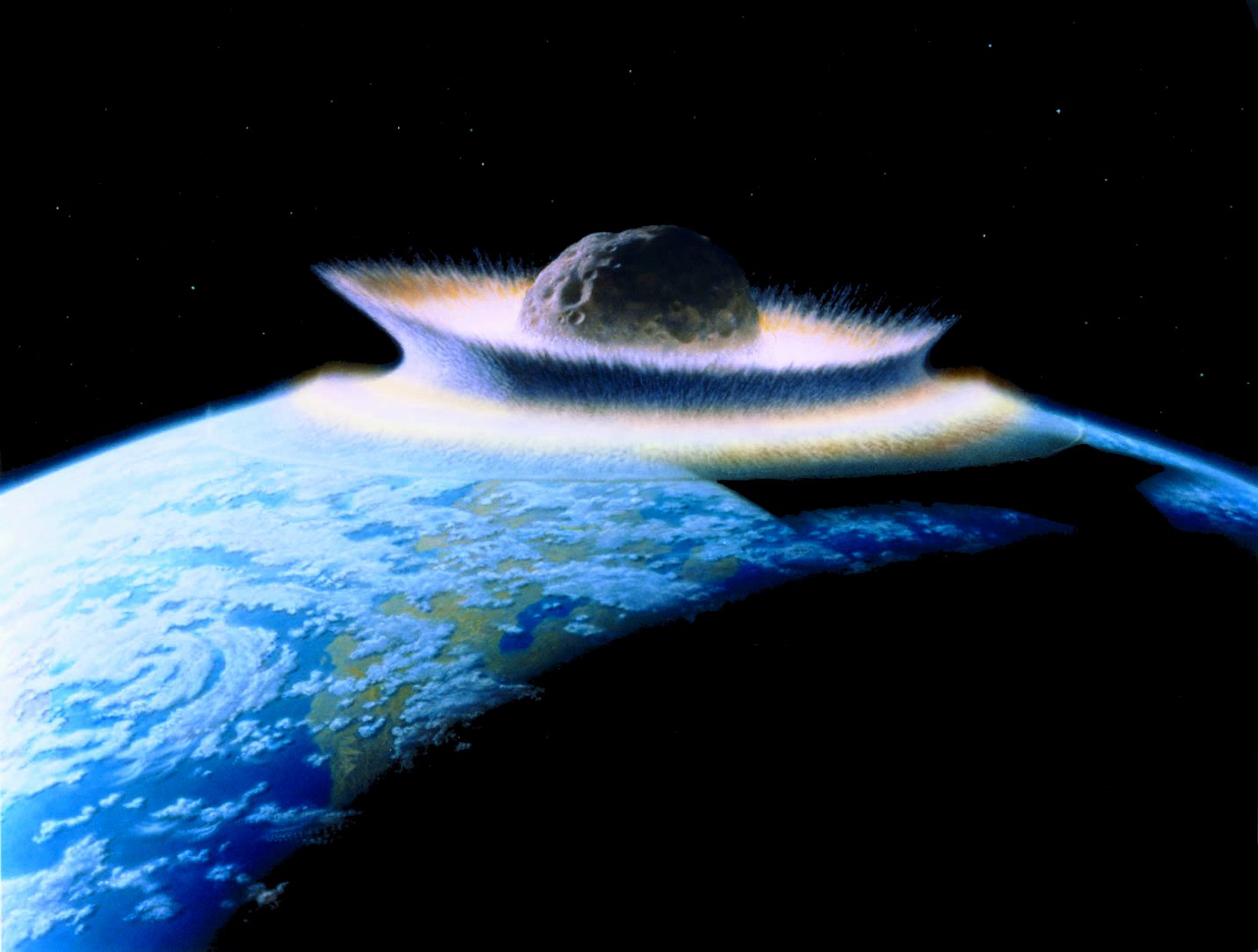
The story of Earth’s orbital evolution reads like science fiction, yet it’s written in stone across our planet’s surface. From the moon-forming collision that established our world’s fundamental architecture to the recent discovery that human groundwater pumping can shift Earth’s poles, these revelations fundamentally challenge our assumptions about planetary stability.
Your world has survived impacts that boiled away oceans, tilted continents across thousands of miles, and repeatedly reorganized the very foundations of climate and geography. Each catastrophe somehow became a catalyst for greater complexity and, ultimately, the emergence of life itself. As we face an uncertain future marked by rapid environmental change, perhaps the most profound lesson from Earth’s violent past is this: our planet’s capacity for both destruction and renewal operates on scales that humble human experience.
What fascinates you more about Earth’s hidden history of cosmic violence? Tell us in the comments.

